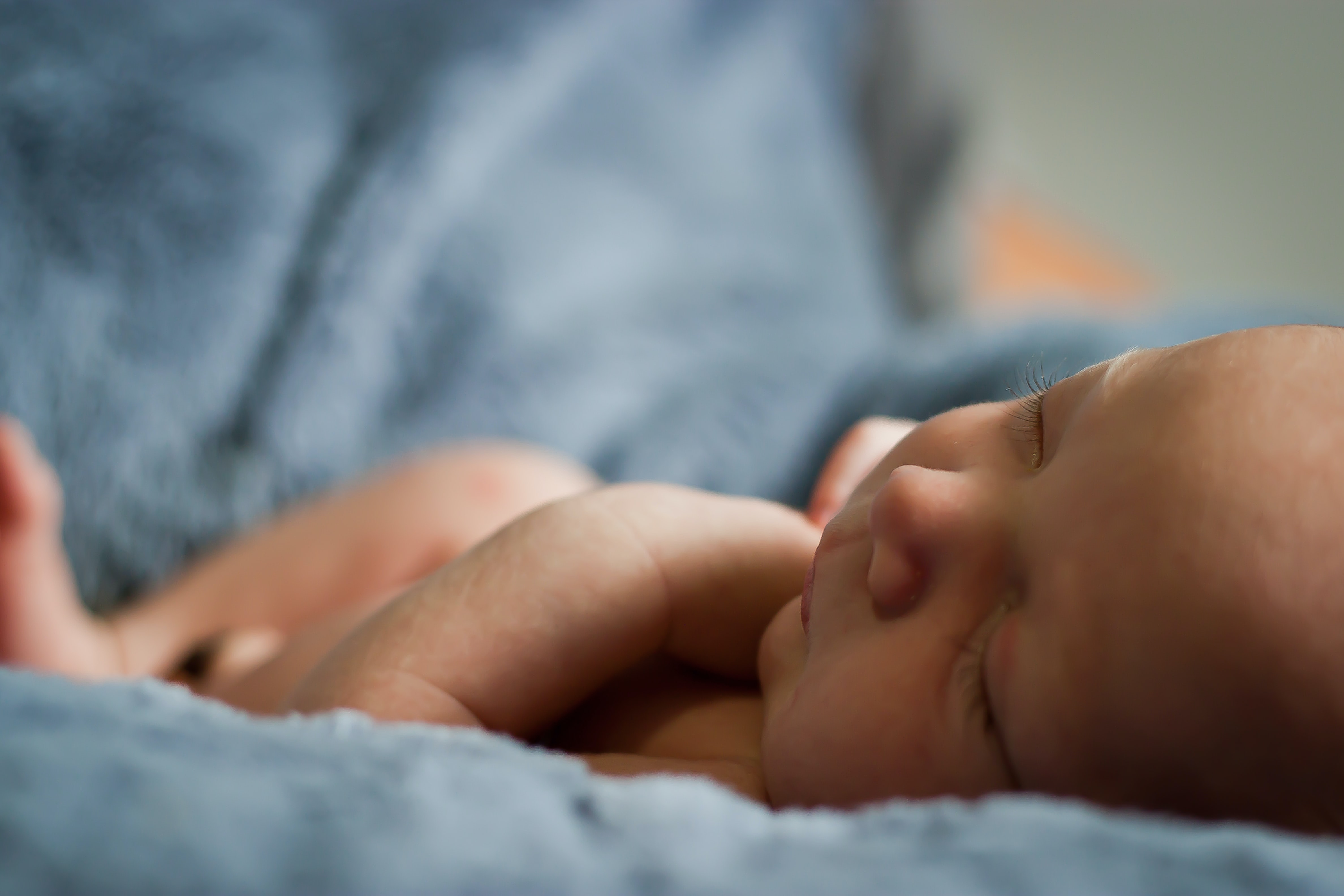Published on: 22 April 2021

Despite advances in medicine and technology, childbirth isn’t likely to get much easier on women from a biological perspective.
Engineers at The University of Texas at Austin and University of Vienna revealed in new research a series of evolutionary trade-offs that have created a near-perfect balance between supporting childbirth and keeping organs intact on a day-to-day basis. Human reproduction is unique because of the comparatively tight fit between the birth canal and baby’s head, and it is likely to stay that way because of these competing biological imperatives.
The size of the pelvic floor and canal is key to keeping this balance. These opposing duties have constrained the ability of the pelvic floor to evolve over time to make childbirth easier because doing that would sacrifice the ability to protect organs.
“Although this dimension has made childbirth more difficult, we have evolved to a point where the pelvic floor and canal can balance supporting internal organs while also facilitating childbirth and making it as easy as possible,” said Krishna Kumar, an assistant professor in the Cockrell School of Engineering’s Department of Civil, Architectural and Environmental Engineering who led the research published this week in the journal Proceedings of the National Academy of Sciences.